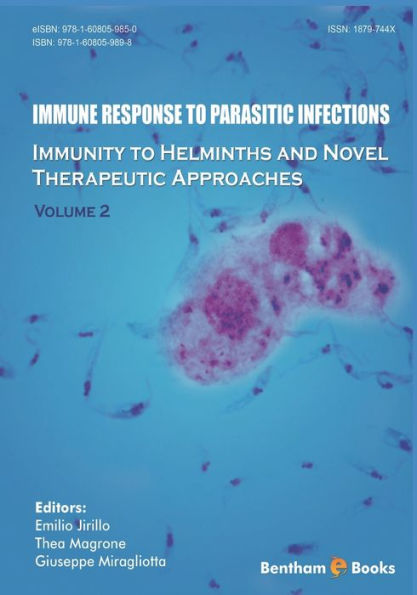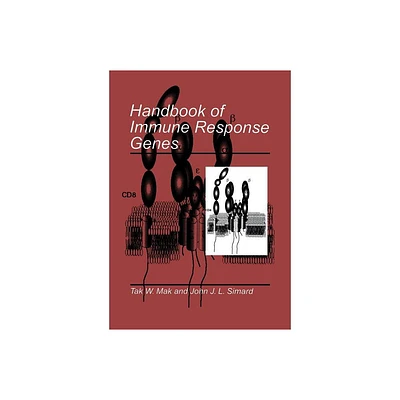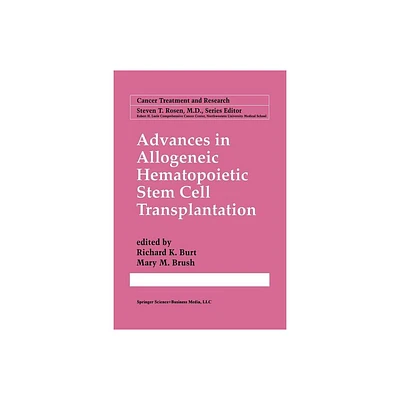Home
Immune Surveillance in a Novel Transplantation Model Mimicking the Immune Response to Sporadic Cancer
Loading Inventory...
Barnes and Noble
Immune Surveillance in a Novel Transplantation Model Mimicking the Immune Response to Sporadic Cancer
Current price: $60.00


Barnes and Noble
Immune Surveillance in a Novel Transplantation Model Mimicking the Immune Response to Sporadic Cancer
Current price: $60.00
Loading Inventory...
Size: OS
*Product Information may vary - to confirm product availability, pricing, and additional information please contact Barnes and Noble
Since decades cancer immune surveillance is a topic of hot debates and there is still controversy about the role of the immune system in controlling tumor growth and eliminating transformed cells. For viral induced cancers it has been shown that the immune system is able to surveil tumor growth, but it remains unclear whether sporadic cancers are recognized by immune cells resulting in a destructive T cell response. This study investigated de novo T cell responses against a neoantigen expressed by cancer cells under non-acute inflammatory conditions. Therefore, a novel transplantation mouse model was established which closely simulated human sporadic cancer development. In this model, expression of the cancerdriving antigen and oncogene was tightly regulated by the Tet system. Cancer cells could be reversibly arrested after switching off the oncogene/antigen, but, surprisingly, the oncogene/antigen could be reexpressed at later time points in vitro and in vivo. By applying this model, the question at which time point during tumorigenesis the immune system interacts with nascent cancer cells was answered. Results of this study demonstrated that neoantigenspecific CD8^{+T cells were induced in the absence of acute inflammation and rejected nascent cancer cells thereby strongly arguing for existence of immune surveillance. The relevance of direct priming for inducing cytotoxic T cell responses against neoantigens expressed by sporadic cancer was confirmed by further experiments of this study.


















